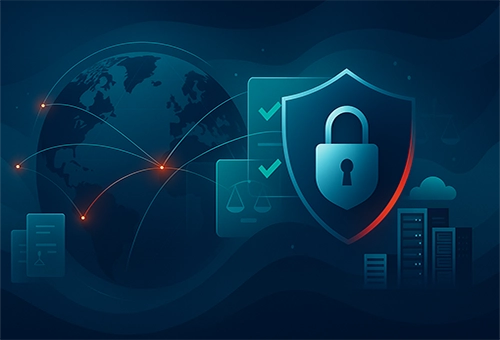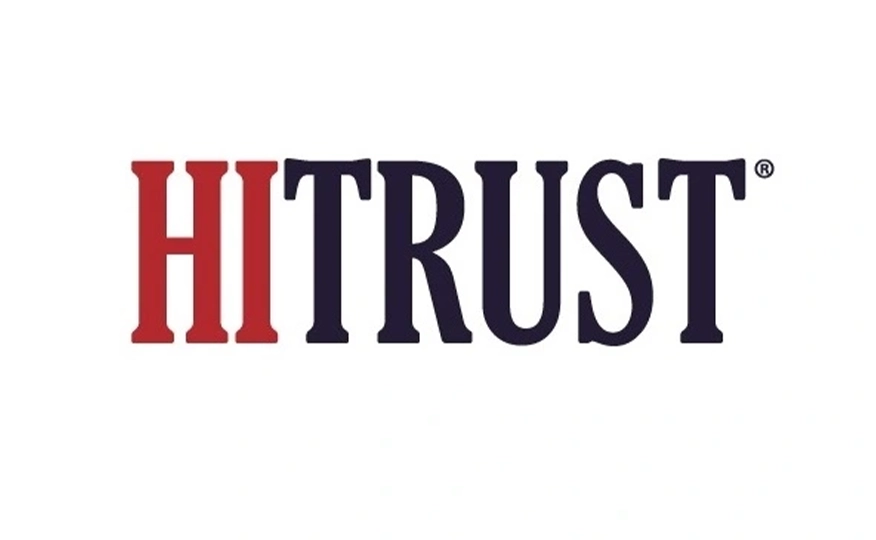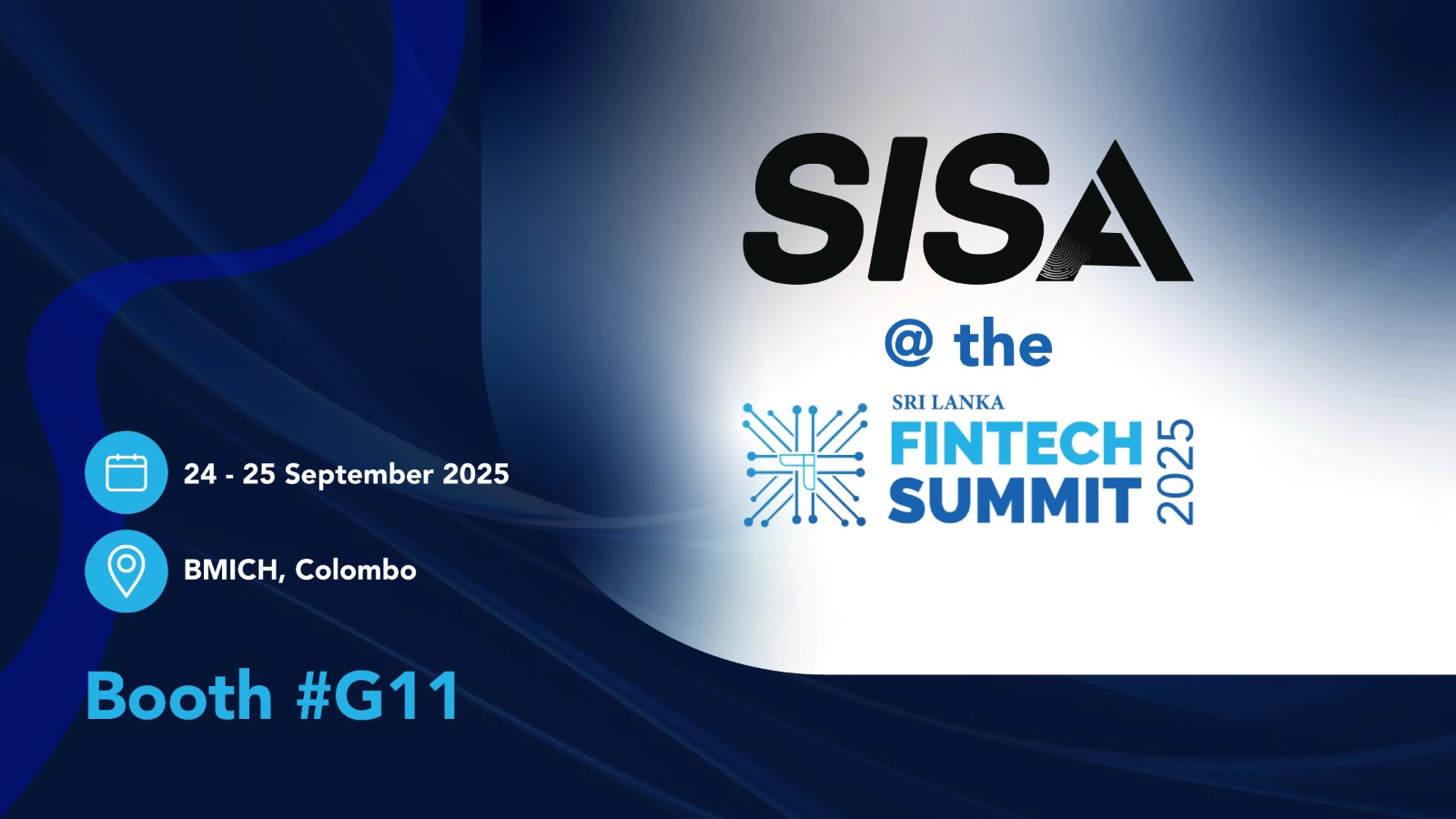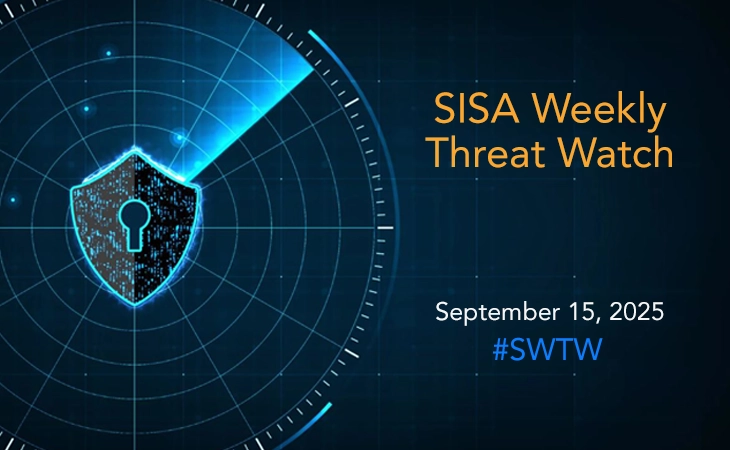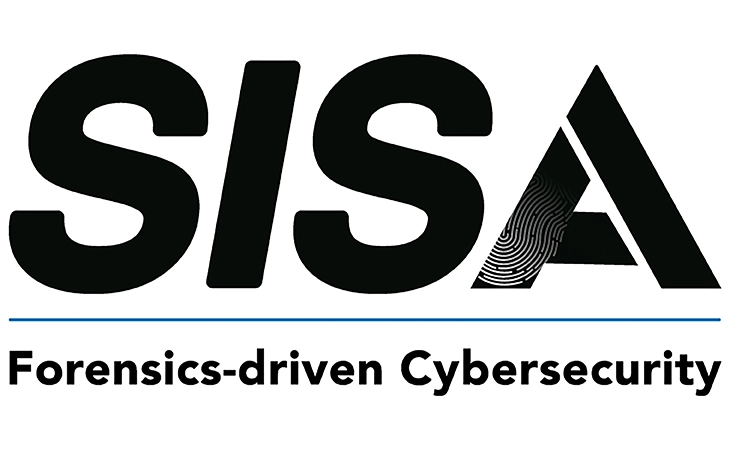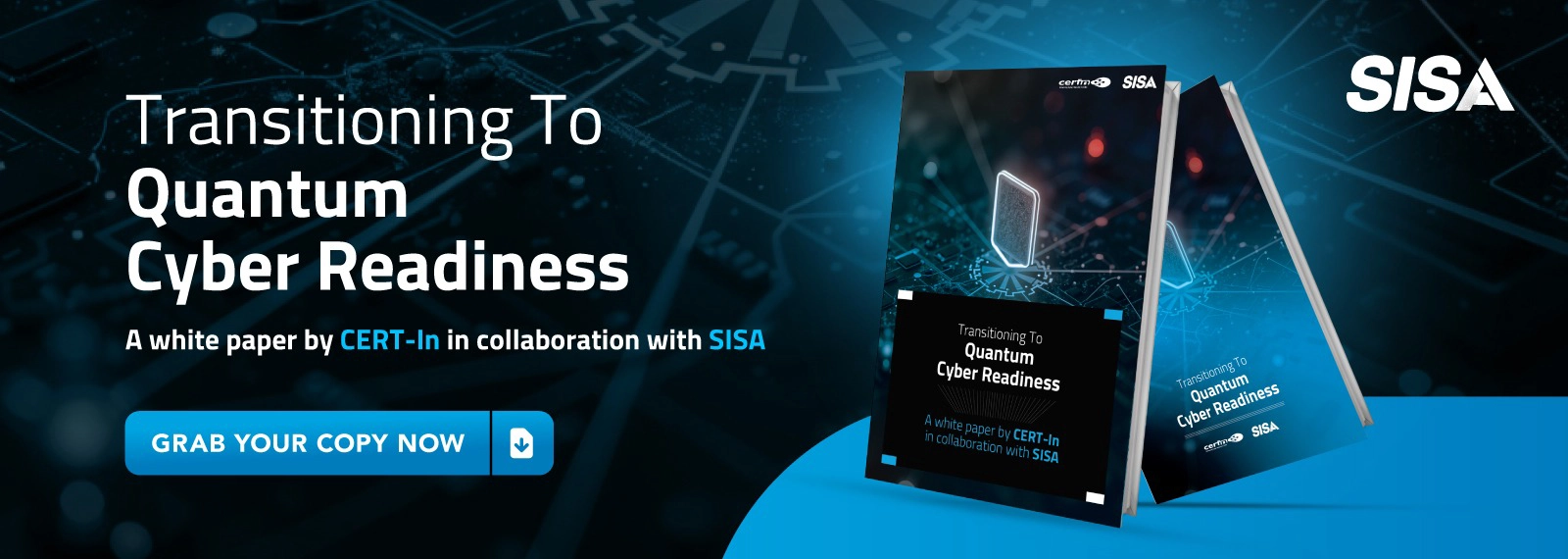
The Agentic AI Revolution in SOC: Promise, Peril, and the Path Forward
Picture this: It’s 3 AM, and your Security Operations Centre (SOC) is facing a cascade of alerts that would make even the most seasoned analyst reach for their third cup of coffee. Except this time, there’s no frantic keyboard clicking, no desperate Slack messages to sleeping colleagues, and definitely no muttered expletives about “yet another false positive.” Instead, an AI agent is already three steps ahead correlating threats, executing responses, and documenting its reasoning with the precision of a Swiss watchmaker and the speed of a caffeinated hummingbird.
Welcome to the age of agentic AI in cybersecurity, where your digital defenders don’t just detect threats they think, reason, and act with an autonomy that would have seemed like science fiction just a few years ago. But before we get carried away with visions of AI-powered SOCs running themselves while humans sip margaritas on a beach, we need to talk about the elephant in the server room: agentic AI is both the most promising and potentially perilous advancement in cybersecurity automation we’ve ever seen.
The Opportunity: What Agentic AI Brings to the SOC
The opportunity is unmissable. As threats grow more complex and relentless, the traditional SOC anchored by tools like SOAR is showing its age. While SOAR platforms brought much-needed automation to security operations, their utility is rooted in predictable, predefined workflows. They execute instructions with precision but lack the flexibility to adapt when the rules no longer apply. That’s where the agentic SOC redefines the game. Think of SOAR as a skilled technician following a detailed manual, while agentic AI is more like a seasoned detective who can improvise, connect seemingly unrelated dots, and make judgment calls based on incomplete information. This distinction isn’t just semantic it’s transformational. These systems are not just automated they’re intelligent. They perceive, interpret, and act based on the dynamic security landscape they operate within.
Rather than waiting to be told what to do, Agentic AI in SOC observes the environment, understands context, and responds proactively. Gartner predicts that by 2025, 40% of large enterprises will deploy agentic AI systems in their SOCs, not as replacements for human analysts, but as force multipliers. These systems don’t just execute commands, they understand the broader security context, maintain situational awareness across multiple attack vectors simultaneously, and can pivot their response strategies based on real-time threat intelligence. The value lies not in replacing analysts, but in allowing them to focus on higher-order thinking, while the agentic system handles the scale and speed of modern threats. It’s the difference between a machine that follows a checklist and one that understands the bigger picture.
Consider a scenario where an agentic AI in SOC detects an anomalous network connection. Rather than simply triggering an alert, it automatically enriches the indicators, correlates them with recent threat intelligence, checks for similar patterns across the environment, and even proactively isolates potentially compromised systems all while maintaining detailed audit logs and preparing briefing materials for human analysts. This isn’t automation as it is autonomous, adaptive, and deeply contextual augmentation.
Perhaps most powerfully, agentic SOCs address one of the most debilitating issues in today’s operations: alert fatigue. With SOC teams drowning under the weight of tens of thousands of alerts daily, and nearly a quarter of their time wasted on false positives, the drain on productivity is enormous. Agentic AI doesn’t just suppress low-priority noise, it comprehends the signal. It can distinguish between a malicious insider attack and an admin’s routine activity by understanding behavioral patterns and environmental context. What would take a human hours to piece together, an agentic system processes in seconds, with consistency, confidence, and clarity.
But before we get carried away by the promise of always-on intelligence and self-evolving systems, it’s important to pause and examine the other side of the equation. As with any transformative technology, the move toward agentic AI in SOC operations brings its own set of complexities – many of which are easy to overlook in the excitement of innovation. From integration hurdles and data dependencies to questions of transparency, oversight, and ethical deployment, the path to a truly agentic SOC isn’t just paved with potential, it’s riddled with new risks that demand just as much attention as the threats we’re trying to outsmart.
The Complexity: What Organizations Overlook
The Illusion of Autonomy and Abstraction Risks
Here’s where the rubber meets the road, agentic AI’s greatest strength its ability to abstract complex decisions into seemingly simple actions can also be its greatest weakness. When an AI agent confidently reports that it has “contained a threat,” what exactly did it do? Which systems did it touch? What assumptions did it make? What potential collateral damage might have occurred?
This abstraction creates a dangerous illusion of control. Organizations begin to trust the AI’s judgment without fully understanding its reasoning, leading to a form of automation bias where human oversight becomes perfunctory rather than meaningful. The result is a false sense of security that can be more dangerous than having no automation at all.
The Human Toll of AI Hallucinations
AI hallucinations in security contexts are can be unique beasts entirely. When an agentic AI system confidently presents fabricated threat intelligence, invents attack patterns that don’t exist, or misattributes benign activities to sophisticated threat actors, it doesn’t just waste resources it actively misleads human decision-makers.
These “false positives 2.0” are particularly insidious because they come wrapped in the authority of AI analysis, complete with seemingly logical explanations and supporting evidence. Human analysts, already overwhelmed and potentially over-reliant on AI assistance, may accept these fabrications without sufficient scrutiny, leading to misallocated resources, inappropriate response measures, and erosion of trust in legitimate security intelligence.
Integration Gaps and Context Failures
Most organizations underestimate the complexity of integrating agentic AI into their existing security infrastructure. These systems require deep contextual understanding of business processes, regulatory requirements, risk tolerance levels, and organizational culture information that isn’t easily encoded into training data or configuration parameters.
An agentic AI might perfectly execute a containment strategy that causes minimal technical disruption but completely ignores the fact that the affected system is critical to a time-sensitive business process. Without this business context, automation can increase operational risk rather than reducing it.
When Automation Multiplies Work
Paradoxically, poorly implemented agentic AI can create more work than it eliminates. Systems that generate voluminous logs, require constant tuning, produce outputs that need extensive human verification, or trigger cascading automated responses can overwhelm SOC teams with meta-work, the work of managing the work that the AI is supposed to be doing.
This phenomenon, sometimes called “automation debt,” occurs when organizations rush to deploy agentic AI without adequate planning for its long-term operational overhead. The result is teams that spend more time babysitting their AI agents than they would have spent on manual processes.
The Imperative: What Organizations Must Get Right
Governance Before Scale
The first rule of agentic AI deployment in SOCs is deceptively simple, establish governance frameworks before you scale operations. This means defining clear rules of engagement that specify when and how AI agents can take autonomous action, establishing approval workflows for high-impact decisions, and creating comprehensive audit trails that track every action back to its triggering conditions and decision logic.
Effective governance isn’t about constraining AI capabilities it’s about creating the trust and accountability structures that enable organizations to leverage those capabilities confidently. This includes role-based access controls for AI agents, escalation procedures for edge cases, and regular governance reviews to ensure policies remain aligned with evolving threats and business needs.
Security Guardrails and Trust Zones
Deploying AI agents in security environments requires AI-specific security architectures. This means creating “trust zones” where AI agents can operate with different levels of autonomy based on the potential impact of their actions. Low-risk activities like threat intelligence enrichment might be fully automated, while high-impact actions like system isolation require human approval.
These guardrails also extend to protecting the AI systems themselves. Adversarial attacks targeting AI models, prompt injection attempts, and model poisoning represent entirely new attack vectors that traditional security controls weren’t designed to address. Organizations need dedicated security measures for their AI systems, including input validation, model integrity monitoring, and behavioural anomaly detection specifically designed for AI agents.
Continuous Monitoring and Drift Detection
Agentic AI systems can change their behaviour over time through learning and adaptation a feature that’s both powerful and potentially dangerous. Organizations must implement continuous monitoring systems that track AI decision-making patterns, detect behavioural drift, and identify potential signs of model degradation or adversarial manipulation.
This monitoring isn’t just technical it’s operational. Teams need to regularly assess whether AI agents are making decisions that align with organizational values and security policies, not just whether they’re technically functioning correctly. This includes monitoring for bias in decision-making, ensuring equitable treatment of different user groups, and verifying that AI agents aren’t developing blind spots or overconfidence in specific scenarios.
Humans in the Loop: Augmentation, Not Elimination
The most successful agentic AI deployments treat human analysts as partners, not obstacles to be bypassed. This means designing AI systems that enhance human decision-making rather than replacing it entirely. Effective human-AI collaboration in SOCs involves AI agents that can explain their reasoning, accept human feedback and corrections, and learn from human expertise.
This partnership model requires rethinking traditional SOC roles and responsibilities. Analysts become AI supervisors, investigators, and strategic thinkers, while AI agents handle routine analysis, correlation, and initial response activities. The key is ensuring that humans retain meaningful control and oversight while benefiting from AI’s speed and consistency.
Building a Smarter, Sustainable SOC with Agentic AI
Agentic AI represents a fundamental shift in how we think about security automation from rigid, rule-based systems to adaptive, reasoning-capable partners. But like any powerful tool, its value depends entirely on how thoughtfully and responsibly it’s deployed.
The organizations that will succeed with agentic AI in their SOCs are those that resist the temptation to deploy it as a magic solution to all their security challenges. Instead, they’ll approach it as a sophisticated capability that requires careful integration, continuous oversight, and ongoing refinement.
The path forward isn’t about choosing between human analysts and AI agents it’s about creating hybrid teams where both contribute their unique strengths. AI agents bring speed, consistency, and the ability to process vast amounts of information simultaneously. Human analysts bring creativity, contextual understanding, ethical judgment, and the ability to navigate ambiguous situations that don’t fit into predefined categories.
The future of SOC operations lies in this collaboration, but only if we build the governance, security, and monitoring frameworks needed to make it work reliably and safely. Agentic AI isn’t a silver bullet for cybersecurity challenges, but when implemented thoughtfully, it’s a remarkably powerful tool for building more resilient, responsive, and effective security operations.
The question isn’t whether agentic AI will transform SOC operations it already is. The question is whether organizations will transform their approaches to AI deployment quickly enough to harness its benefits while avoiding its pitfalls. Those that get this balance right will find themselves with a significant competitive advantage in the ongoing battle against cyber threats. Those that don’t risk creating new vulnerabilities in their rush to embrace the future of security automation.
Latest
Blogs
Whitepapers
Monthly Threat Brief
Customer Success Stories
 USA
USA India
India APAC
APAC Middle East
Middle East Global
Global



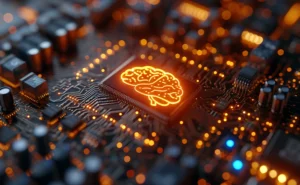


 Facebook
Facebook Linkedin
Linkedin  X
X Youtube
Youtube
